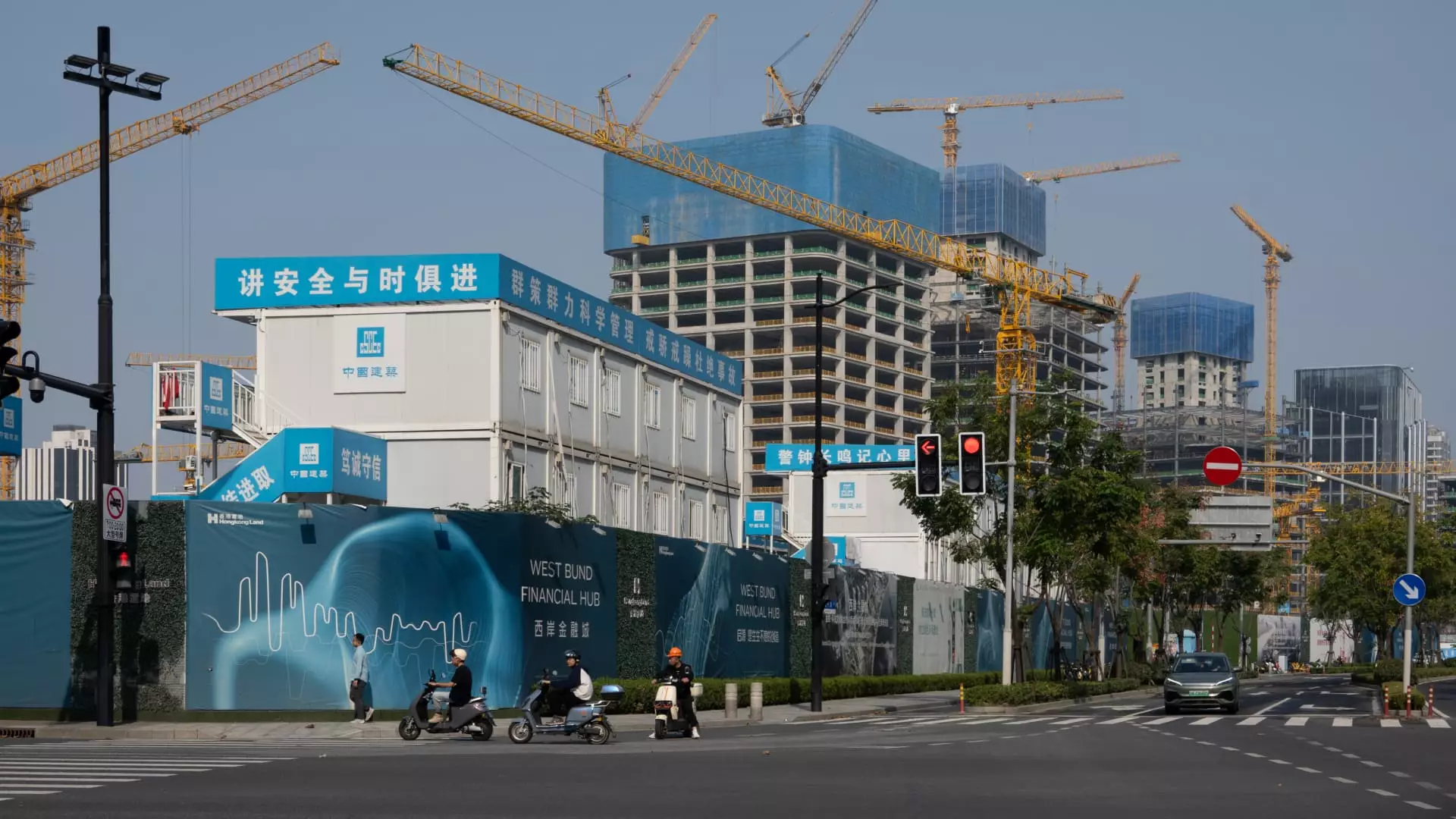On an eagerly awaited Friday, China’s National Bureau of Statistics is poised to unveil crucial economic indicators including retail sales, industrial production, and fixed-asset investment for October. Analysts from Reuters have projected a modest rebound in retail sales, predicting a 3.8% year-on-year increase, a rise from September’s 3.2%. This uptick is seen as a signal of resilience amidst underlying economic pressures. Additionally, industrial production is forecasted to climb by 5.6%, slightly above the previous month’s 5.4%, reflecting a potential stabilization in manufacturing activity.
Investments on the Rise
Fixed-asset investment, a critical measure of capital expenditure, is anticipated to show 3.5% growth year-to-date compared to the same period last year, marginally up from September’s 3.4%. This data underscores the government’s ongoing efforts to stimulate economic activity following a period of slower growth. Notably, since late September, Chinese authorities have initiated a series of stimulus measures, including interest rate cuts and extended support for the beleaguered real estate sector. These steps have contributed to a rally in stock markets, indicating investor confidence in government intervention.
A significant component of the stimulus package was revealed last week when the Ministry of Finance announced an ambitious five-year plan worth 10 trillion yuan (approximately $1.4 trillion) aimed at mitigating local government debt issues. This extensive plan underlines the recognition of fiscal health as critical for sustainable growth, highlighting that additional support measures may be necessary in the coming year. Such fiscal strategies are particularly timely given the pressures of local government borrowing and expenditure.
Recent manufacturing surveys point toward a resurgence in activity, with exports enjoying their fastest growth in over a year. However, despite this positive export performance, imports have declined, signaling persistent weaknesses in domestic demand. This dichotomy in trade figures raises questions about the underlying health of the consumer market, which is critical for long-term economic stability. The core consumer price index, excluding volatile food and energy prices, showed a slight improvement, rising 0.2% in October compared to a year ago, suggesting some upward pressure on prices from consumer spending.
The recent Golden Week holiday highlighted a trend of more prudent consumer behavior. Various analysts have suggested that consumer sentiment remained cautious, although sales during the recent Singles Day shopping festival surpassed low expectations set earlier in the year. In this context, China’s GDP growth for the first three quarters of the year stands at 4.8%, narrowly below the government’s ambitious target of approximately 5% for the full year.
As China navigates this complex economic landscape, the forthcoming data will provide important insights into how effective the stimulus measures have been, and whether they can sustain momentum into the typically robust years ahead. The interaction between government interventions and consumer confidence will be pivotal in shaping the economic narrative for the remainder of the year.

